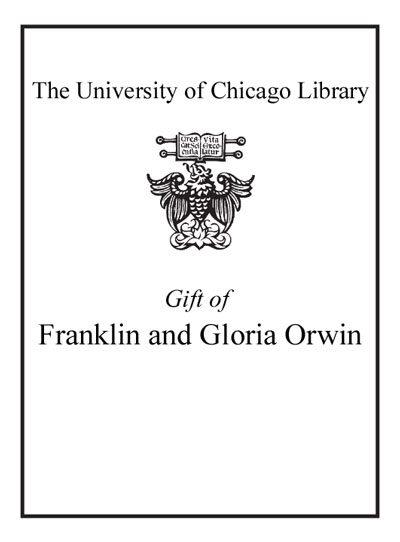Infusions and Decoctions When making tea, leaves and flowers are prepared differently from roots and bark, in much the same way that spinach is cooked differently from potatoes. Leaves and flowers are generally steeped in hot water so as not to overcook and destroy the enzymes, vitamins, and precious essential oils. Roots and bark are generally simmered to draw forth the more tenacious plant constituents. There are a few exceptions to these rules, which you'll generally find noted in herb books, including this one. But honestly, if you make a mistake and simmer a root that should have been steamed, don't panic. Your remedy will still work. The process of steeping a plant in boiling water is called infusion, while the process of simmering a plant in lightly boiling water is called decoction. When in doubt, steep. Steeping is much less destructive to many of the important medicinal components of plants. The longer you steep the herbs, the stronger the tea. That's not always preferable, as long steeping times can bring out some of the less desirable parts of the plant. Steep black tea too long and what happens? It goes from being a fragrant, aromatic beverage to an astringent-tasting, tannin-rich medicinal tea. A medicinal tea blend, whether an infusion or a decoction, is defined by its strength and potency. For medicinal purposes, teas need to be fairly strong, and so you'll use a relatively large amount of herbs in making them. How to Make a Medicinal INFUSION Infusions are made from the more delicate parts of the plant, such as the leaves, flowers, buds, some berries and seeds, and other aromatic plant parts. Highly aromatic roots such as valerian, ginger, and goldenseal are often steeped rather than decocted, though I find they are effective either way. After, add the spent herbs to your compost. Here are the basic steps. Instructions Put 4 to 6 tablespoons of dried herb (or 6 to 8 tablespoons of fresh herb) into a glass quart jar. Pour boiling water over the herbs, filling the jar. Let steep for 30 to 45 minutes. (The length of steeping time and the amount of herb you use will affect the strength of the tea.) Strain and drink. Excerpted from Medicinal Herbs: A Beginner's Guide by Rosemary Gladstar All rights reserved by the original copyright owners. Excerpts are provided for display purposes only and may not be reproduced, reprinted or distributed without the written permission of the publisher.

